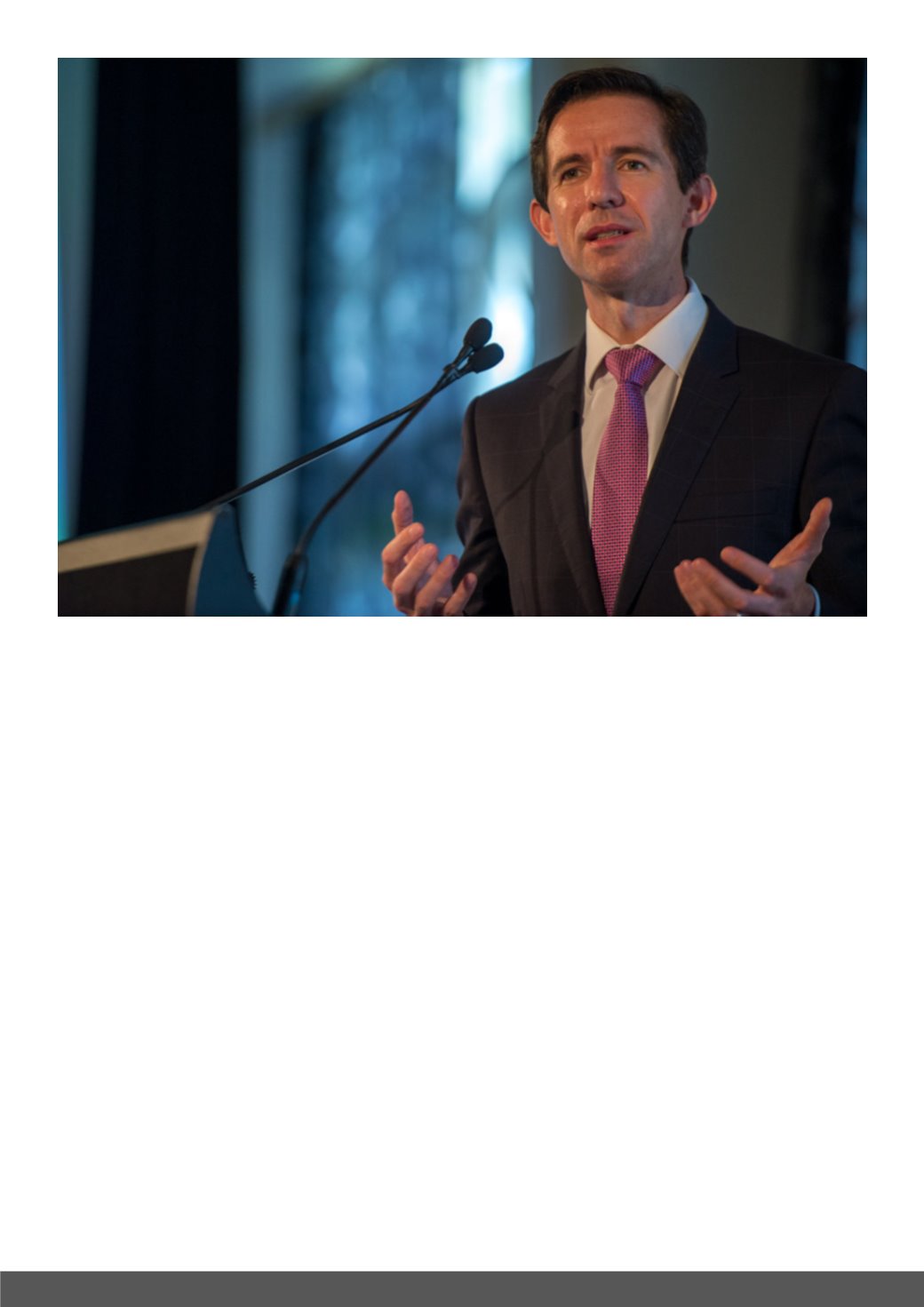

17
support but also the freedom to evolve
and retain their competitive edge in an
era of profound economic, industrial and
technological change.
At stake is the wellbeing of 1.4 mil-
lion students at 41 universities and 126
non-university higher education provid-
ers.
The biggest challenge that policymak-
ers face is to ensure universities and
higher education institutions are places
for students to not only develop knowl-
edge and fulfil their dreams, but also
places that provide skills that students
need to be job-ready. That means uni-
versities need to support and encourage
students so they aren’t just another num-
ber on a seat but so they acquire worthy
qualifications that advance not just their
own job prospects but the potential that
they will become innovators or entrepre-
neurs who create many more jobs in the
future. On the part of students it means
giving them the tools to make wise choic-
es by entering courses they aren’t just
passionate about, but ones with great
prospects at the end of them.
Student experiences show there’s a
range of factors that lead to student at-
trition and it is going to take concert-
ed efforts from educators and policy-
makers to reduce it. Universities and
higher education providers in particu-
lar must take responsibility for the stu-
dents they enrol because the attrition
rate has hovered around 15 per cent
for the last decade.


















